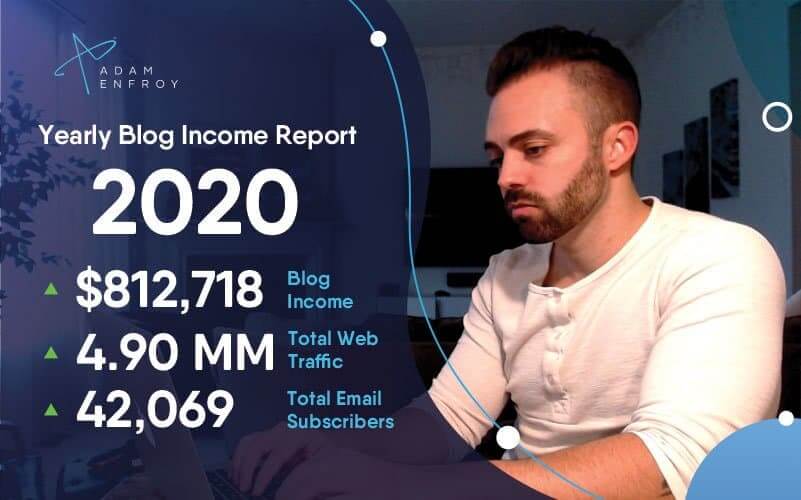How Does Blogging Help SEO? Getting To The Top In 2024

Picture your website scaling Google’s towering heights.
Each blog post you publish is a new rung, boosting you upwards.
With each rung, your traffic swells.
Your influence grows.
Suddenly, you’re looking down.
Those “competitors?”
They’re way below, scrambling for scraps.
It’s a great view from the penthouse, isn’t it?
In this post, I’ll unwrap the world of blogging and dive into how it can improve your SEO game, landing you that prized spot on Google’s first page.
Ready for the climb?
- The Relation Between Blogging And SEO
- How Blogging Improves Your Website’s Quality
- Making The Most Out Of SEO
- Using Buyer Personas And Keyword Research
- Considering Key SEO Metrics
- Achieving Long-Term Blogging Success
- Unlock The Power Of Google’s Search Console
- Internal And External Links For SEO
- Leveraging Social Media To Boost Blog SEO
- Understanding SEO Tools
- Quality And Quantity In SEO
- How To Handle SEO For Multilingual Blogs
- Wrap Up.
The Relation Between Blogging And SEO
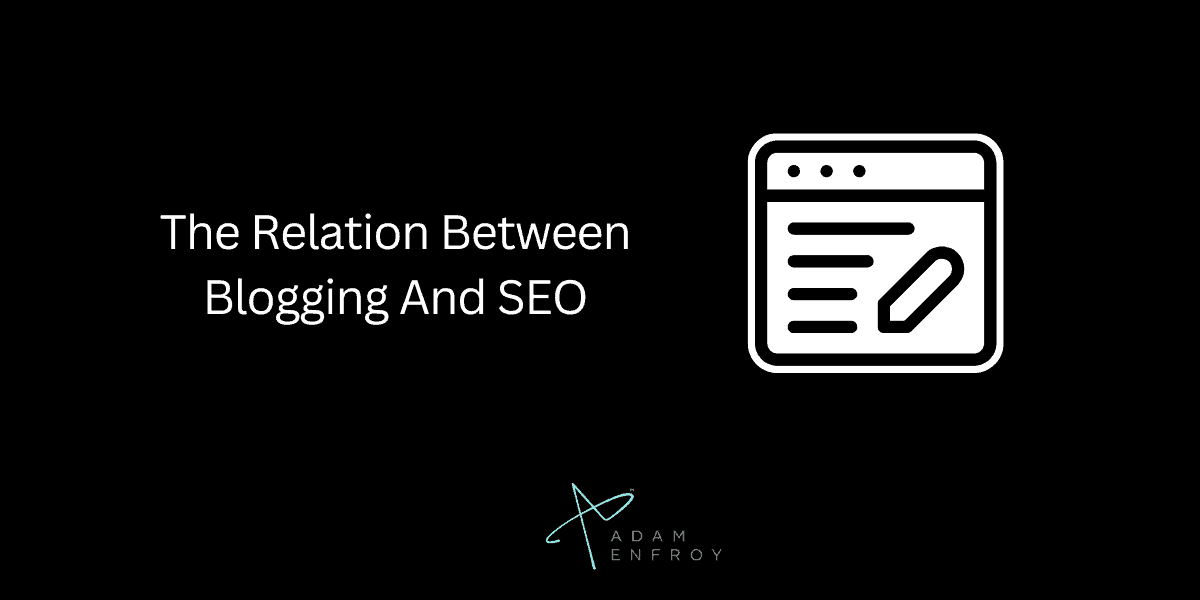
It is crucial to understand how blogging helps search engine optimization, especially in the following areas:
- Achieving faster success
- Building trust with users
- Surpassing your competitors’ content
With AI tools effecting the future of blogging, always engage your audience by asking for their concerns and questions to discover new topics for your blog.
Writing high-quality content is essential, but creating content that addresses your audience’s needs, interests, and concerns is crucial.
Aim to establish a connection with your audience.
One way is by encouraging them to ask questions or voice their concerns.
By doing this, you gain insight into what topics your audience is looking for.
You also engage with them by providing solutions to their concerns through your blog posts.
Responding to blog comments might seem small, but increasing your website’s engagement can do wonders.
Responding to comments can solicit more audience participation, and when people feel heard, they are more likely to come back and engage with your content in the future.
By responding to comments, you add value to your existing articles, making them more relevant and timely.
Knowing about Schema can also be a huge help.
Schema refers to the HTML code that informs search engines of the content on your webpage, making it easier for Google to understand what your content is about.
Using Schema, you can create rich snippets and improve the visibility of your content on search engine results pages (SERPs).
You can use various types of Schema markup, such as ‘Review,’ ‘Article,’ or ‘FAQ,’ to help search engines better understand your blog posts’ content.
If you want your blog to stand out, you must produce better content than your competitors.
A competitive analysis of your competitors’ blogs can help you identify their strengths and weaknesses, giving insight into what they’re doing right and where you need to improve.
Surpassing your competitors’ content is difficult, but investing time and effort into developing high-quality content can establish your brand as a thought leader in your industry.
How Blogging Improves Your Website’s Quality
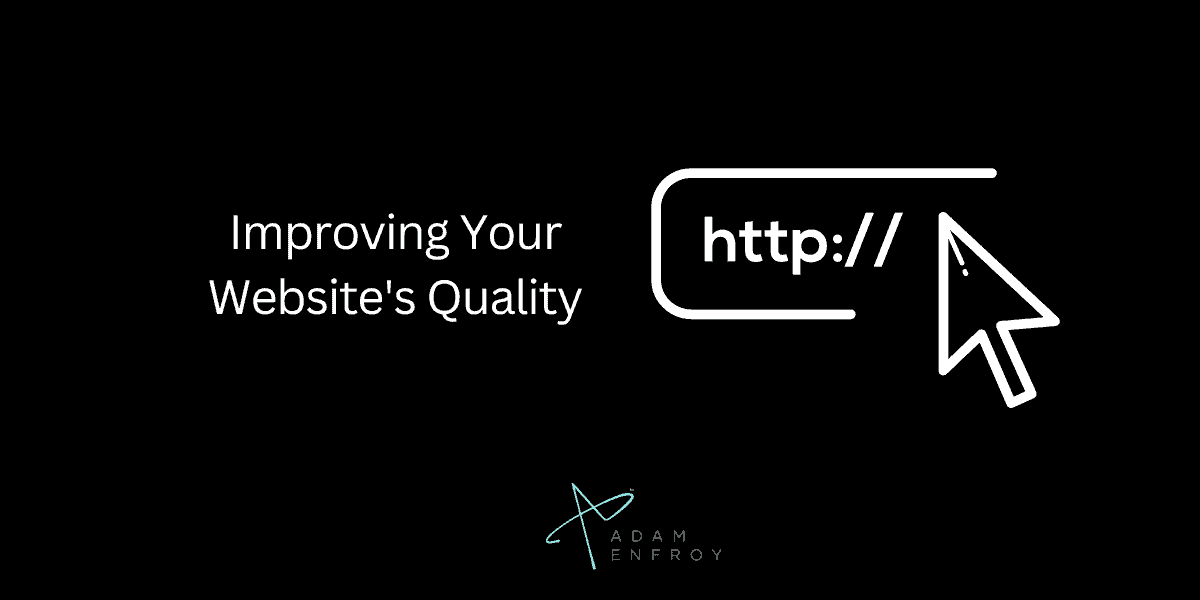
Google has been emphasizing the importance of quality content for a long time.
Low-quality pages and thin content are significant deterrents to ranking well in search engine results pages.
A website with regular high-quality blog content shows its credibility and expertise, significantly boosting its SEO.
Not only does blogging help improve a website’s SEO, but it also attracts unique pages such as recipes, instructions, and FAQs that schema markup enhances.
Regular blogging provides an opportunity to introduce new keywords, which Google can index.
Publishers can increase their website’s traffic by including long-tail keywords in the blog post title, body, and meta information.
Regular blogging also attracts backlinks, the most influential ranking factor used by Google.
Websites that lack diversity in their backlinks can suffer in search engine rankings.
On the other hand, sites with diverse links are more resilient to algorithm changes.
In addition to improving SEO and attracting unique pages, blogging also makes your website more user-friendly.
It adds fresh content to your website, making it more exciting and informative for your visitors.
It provides a platform for customer interaction while demonstrating your knowledge and expertise.
By sharing insightful blog posts, businesses build their reputation and authority, which can convert into trust in their products or services.
A well-designed website may look impressive, but without quality content, visitors may quickly lose interest and leave it.
For both users and search engines, high-quality content is essential.
A content audit can help identify areas where you could expand your website content or where you need new content.
By regularly updating website copy and adding fresh blog content, website owners can improve the user experience, strengthen their online presence and enhance their website’s quality.
Making The Most Out Of SEO
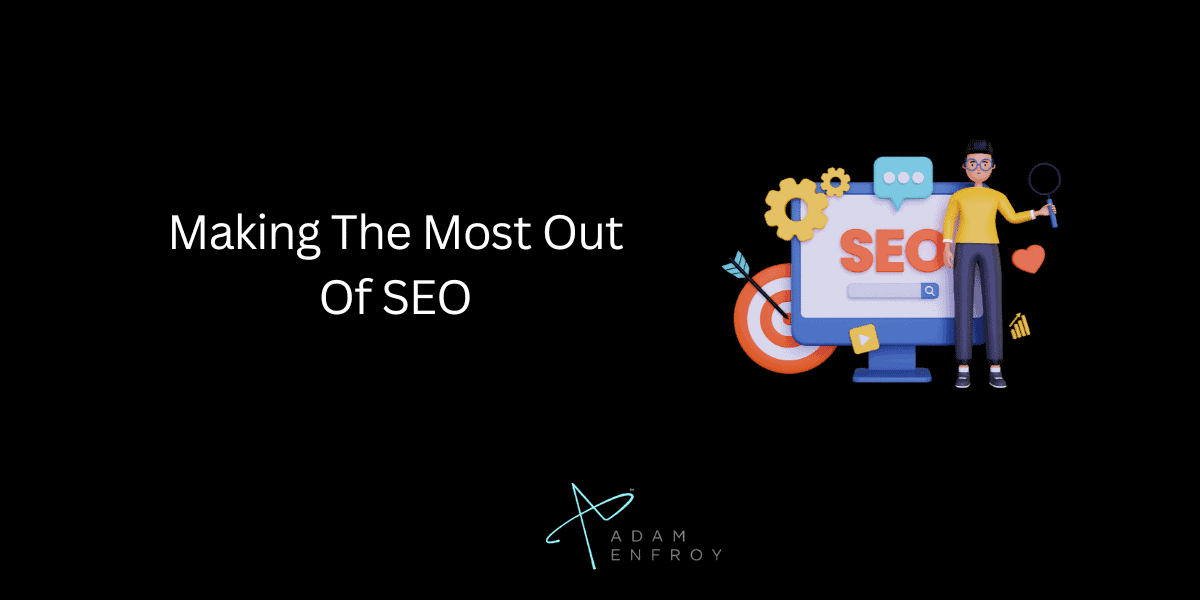
Here are the best ways to use blogging for SEO.
Use On-Page SEO In Your Blog Posts
On-page SEO refers to the techniques that you use on your website to optimize your content for search engines.
Such techniques include keyword research, meta tags, and header tags.
When blogging, make sure that you’re using on-page SEO techniques to help your blog posts rank higher in search engines.
That is:
- Doing keyword research to find the right keywords to target.
- Including them in your blog posts.
- Using header tags to highlight important sections.
Optimize Your Web Pages And Blog Posts
Optimizing your web pages and blog posts involves:
- Using techniques like building internal links.
- Creating quality content.
- Ensuring your website is mobile-friendly.
By optimizing your web pages and blog posts, you’ll be able to improve your website’s visibility and attract more traffic.
Achieve Organic Rankings On Search Engines With Blog Content
Blogging helps to attract more traffic to your website, which improves your chances of ranking higher in search engines.
You’ll achieve organic rankings when you create high-quality blog content and optimize it for search engines.
Organic rankings are important because they attract more traffic without the need for expensive advertising.
Stay Consistent With Your Blogging Efforts
To see the best results from blogging, stay consistent with your efforts.
Create new blog content regularly and promote it on social media and other channels.
Respond to comments and engage with your audience to build a community around your blog.
Guest Blogging
One way to improve your website’s visibility is by guest blogging on other websites.
It helps build website backlinks and expose your content to a broader audience.
When guest blogging, choose websites relevant to your niche and with a good reputation.
This way, you’ll be able to build high-quality backlinks and attract more traffic to your website.
Using Buyer Personas And Keyword Research

One of the most effective ways to attract visitors to your blog is by understanding and targeting the needs of your ideal audience.
Buyer personas are a great way to get into the minds of your target customers; they help you identify their pain points, interests, goals, and values.
Before starting a blog, creating buyer personas and combining them with keyword research allows you to write blog posts that resonate with readers.
Here are the key steps to follow.
Develop A Buyer Persona
The first step in attracting the right audience for your blog is developing a buyer persona.
A buyer persona is a profile of your ideal reader.
It includes details like their age, gender, job, income, habits, interests, and pain points.
By understanding your ideal reader, you can create content that speaks directly to them.
To develop a buyer persona, ask yourself who you want to reach with your blog.
Think about your ideal reader’s demographics, goals, and interests.
Once you have a clear picture of your ideal reader, you can use tools like Google Analytics and social media analytics to gather data and insights about your existing audience.
Conduct Keyword Research
To conduct keyword research, start by brainstorming topics your ideal readers are interested in.
Use keyword research tools like Google Keyword Planner, Ubersuggest, and SEMRush to find related keywords and phrases.
Choose keywords that have a high search volume and low competition.
Use Visuals To Boost Your Content
Visuals can make a big difference in how readers receive your blog posts.
They can break up the text, make your content more engaging, and help illustrate your points.
Using high-quality images and videos helps your blog posts rank better in search results.
Create An Irresistible Title
Your title is the first thing your readers will see, so it must grab their attention.
A great title should be clear and concise.
It should also entice readers to click and read more.
Use numbers, questions, and power words to make your titles more compelling.
Include A Call To Action
Finally, include a call to action in your blog posts.
A call to action encourages your readers to take a specific action, such as signing up for your newsletter, following you on social media, or buying your products or services.
Make sure your call to action is relevant and valuable to your readers.
Considering Key SEO Metrics
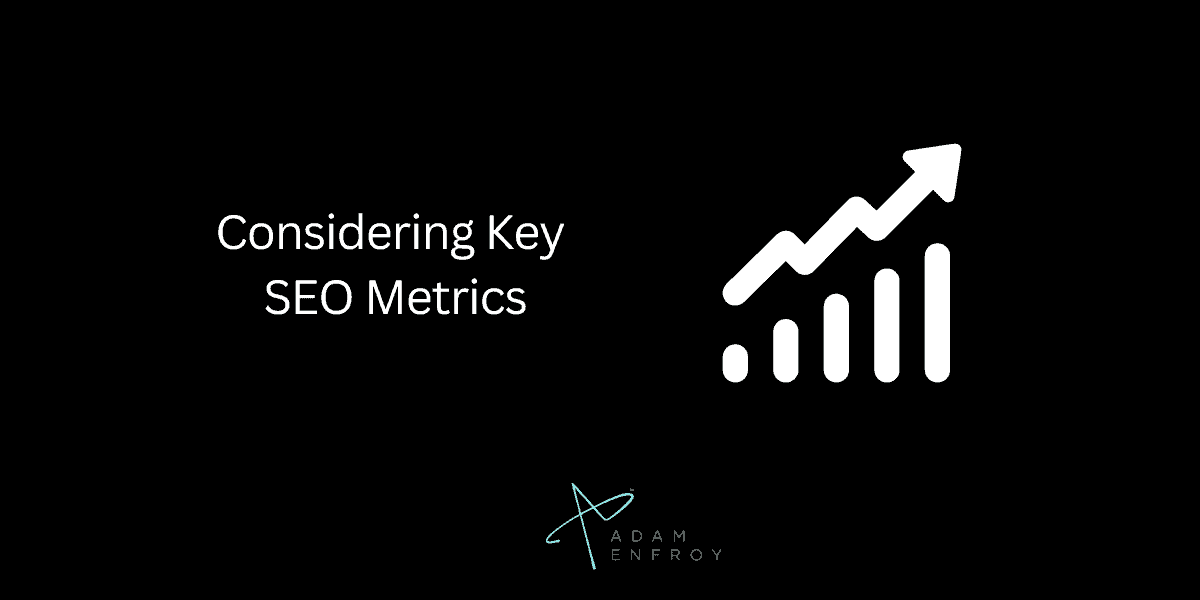
Factors like time on page, page speed, and mobile optimization can all contribute to your blog’s search engine rankings.
Here are the main metrics to consider.
Dwell Time
Dwell Time measures the duration that users spend on your webpage.
It is a crucial metric that indicates user engagement and interest in your content and is one of the critical factors that can boost your blog’s SEO.
The longer a user stays on your page, the more likely your content will be relevant and valuable.
One way to get users to stay on your page longer is by providing engaging content.
Another way is by using visual aids like images and videos.
Finally, make sure that your content is easy to read and understand.
Page Speed
Page speed is another crucial factor when it comes to SEO.
Google prioritizes websites that load quickly.
Users will likely leave if your website loads more than a few seconds.
There are several ways to improve your page speed.
One way is to remove unnecessary plugins and code.
Another is to optimize your images.
Also, use a reliable hosting service and a content delivery network (CDN) to speed up your website.
Mobile Optimization
Mobile optimization is crucial for attracting search traffic.
With more and more people accessing the internet on their mobile devices, Google now prioritizes mobile-friendly websites.
To optimize your website for mobile, use a responsive design.
Your website will adjust its layout based on the size of the device people are viewing it on.
Other ways to optimize for mobile include reducing pop-ups and using large, easy-to-read fonts.
Achieving Long-Term Blogging Success
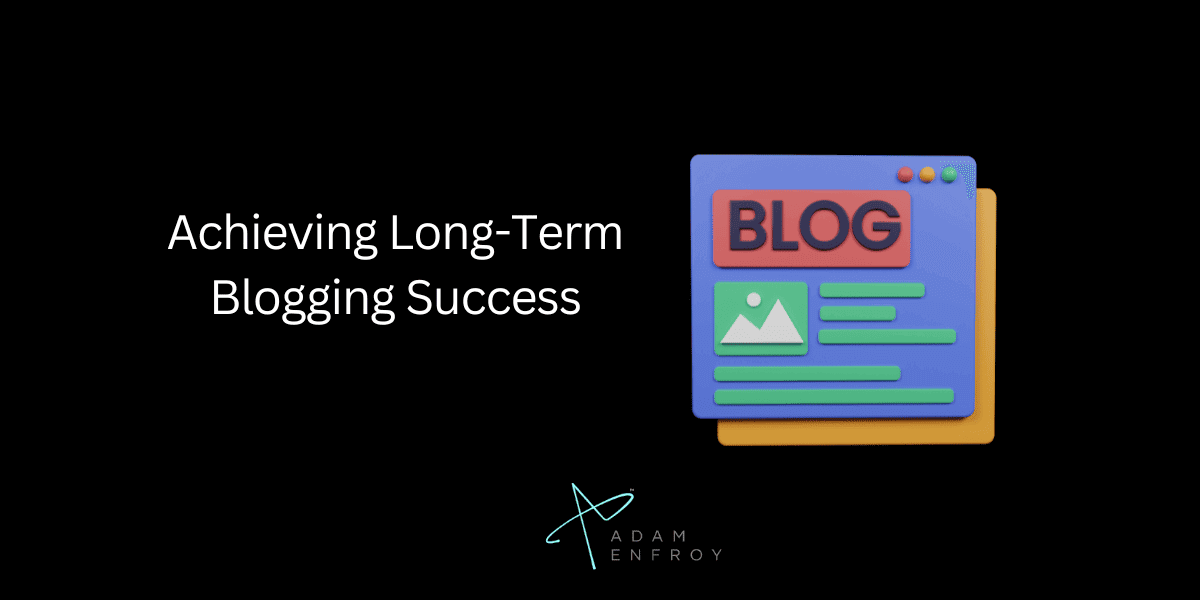
Anything worth doing is worth doing well, and blogging is no different.
When it comes to blogging, you can achieve success through a combination of factors such as:
- Implementing and maintaining a good SEO strategy
- Optimizing your website for speed and mobile devices
- Updating your old content.
Understand Your Target Audience
Understanding who you’re writing for is one of the most essential elements of a successful blog post.
Take the time to research your audience and understand their needs, questions, and pain points.
It will help you create content that resonates with them and provides valuable information.
Research Topics And Consult Experts
To create quality content, you must understand the topics you’re writing about.
Take the time to research and gather information from reputable sources.
Consult experts in your industry to gain insights and perspectives that will add value to your post.
Stay On-Topic And Write With A Consistent Voice
Stay focused on the topic at hand and write with a consistent voice.
Your readers should easily follow your thought process and understand the message you’re trying to convey.
It helps with SEO, as search engines seek content relevant to the topic people are searching for.
Include Visuals And Other Media
Adding visuals and other media like videos, infographics, and audio clips make your blog post more captivating and memorable.
Visuals also provide an opportunity to include alt text, which helps with SEO.
Descriptive Alt Text
A descriptive alt text helps search engines understand the image’s content and index it correctly.
Ensure your alt text includes relevant keywords, but don’t go overboard with keyword stuffing.
Unlock The Power Of Google’s Search Console
When you log into your Search Console account, you can access a performance report showing your site’s performance in Google’s search results.
This report provides valuable insights into how users interact with your site, which queries they use to find your content, and how often they click on your links.
By analyzing this data, you can identify critical areas for improvement to optimize your content.
One of the most powerful features of the Search Console is the ability to uncover high-performance keywords.
The tool lets you see which search queries drive the most traffic to your site.
Such information helps you adjust your content strategy to optimize for these high-performing keywords.
You can also use this data to create new content targeting these keywords to drive more traffic to your site.
Another advantage of using Search Console is the ability to optimize your older blog posts.
Over time, your content can become outdated or irrelevant.
Analyze your performance report to identify which posts drive the most traffic and leads.
From there, optimize those posts by refreshing the content, adding new information, or updating their SEO.
Updating old content helps you keep your site fresh and relevant.
Internal And External Links For SEO
Understanding how to build internal and external links is essential for effective SEO.
Both links are essential for improving search engine ranking and help create a navigational structure for your website.
Internal links point to pages within your website.
They help visitors navigate your site and find relevant content based on their interests.
Internal linking is essential for two reasons: user experience and SEO.
From a user experience perspective, internal linking provides visitors with more information and contextual knowledge about the topic they are interested in.
If you have a lot of related content on your website, internal linking helps visitors stay on your site longer and explore various topics.
Visitors staying longer on your site increases engagement and ultimately lowers bounce rates.
From an SEO standpoint, internal linking helps search engines understand the hierarchy and structure of your website.
It helps search engines identify which pages are most important and should be ranked higher in search results.
When you create content on your website, always use internal links to link to other relevant pages.
External links, also known as outbound links, point to pages on other websites.
When you include external links in your content, you tell search engines that you value other websites’ content and want to share it with your audience.
It helps you build relationships with other content creators, attract more backlinks, and increase your website’s authority.
Leveraging Social Media To Boost Blog SEO
By identifying and using relevant long tail and target keywords on your blog article, you can increase its visibility among searchers.
Moreover, using social media for keyword insight is a fantastic SEO tip that can help improve the performance of your blog topics.
Encouraging social shares of your blog articles can also lead to more inbound links, ultimately increasing your site rank and conversions.
Therefore, incorporating link-building and leveraging social media are great ways to improve your blog’s SEO and overall marketing strategy with valid reasons and factual evidence.
LinkedIn, for example, is a powerful platform for social media and blog promotion.
Especially in the business-to-business space, you can use LinkedIn (with its wide variety of business-related groups) to reach potential customers and build relationships with them.
Understanding SEO Tools
It is important to remember that the goal of blogging is to increase organic search traffic through the use of SEO efforts.
That is, ensuring that Google and other search engines index blog pages.
To do this, optimize each blog post with relevant keywords, meta descriptions, and title tags.
SEO tools such as HubSpot, Moz, SEMrush, and Ahrefs can help analyze how many blog posts Google is indexing and which are receiving the most traffic.
Google Analytics is also a crucial tool for tracking the success of SEO efforts and understanding how users find your website.
While SEO services costs can vary, investing in the right SEO tools can make a significant difference in the success of your blog.
Furthermore, using WordPress as a blogging platform can help optimize your blog for search engines.
Overall, utilizing SEO tools and following SEO tips can significantly improve the visibility and success of your blog.
Quality And Quantity In SEO
Bloggers must consider multiple aspects to improve their SEO efforts and overall marketing strategy when writing a great blog.
One of these crucial factors is the length of the single blog post and how many posts they publish over a given period.
By experimenting with different formats and templates, bloggers can find the optimal length for their content while balancing quality and quantity.
Effective headings can also break up text and make it easier for readers to engage with, ultimately leading to higher conversions for searchers on your landing pages.
The more in-depth one can go with a single blog post, the more likely they will rank higher in search engine results.
Along with having great blog topics, following standard SEO tips like using relevant keywords and internal linking can help improve your digital marketing efforts.
How To Handle SEO For Multilingual Blogs
Multilingual SEO is crucial for your global reach, as it helps your site rank higher on other search engines.
Optimizing your blog for different languages requires careful planning to ensure that your SEO efforts align with your overall marketing strategy.
WordPress offers several plugins and SEO tools to help you optimize your content for different languages, including image optimization, meta descriptions, and title tags.
Dealing with duplicate content issues is a significant challenge, but using canonical tags and hreflang attributes can help you organize your indexed pages well.
To ensure effective optimization for search engines, consider investing in SEO services for your multilingual blog.
Wrap Up.
Good SEO blogging techniques help you to create content that is both engaging and SEO-friendly.
Consider the above techniques to drive organic traffic to your website, especially in content marketing.


